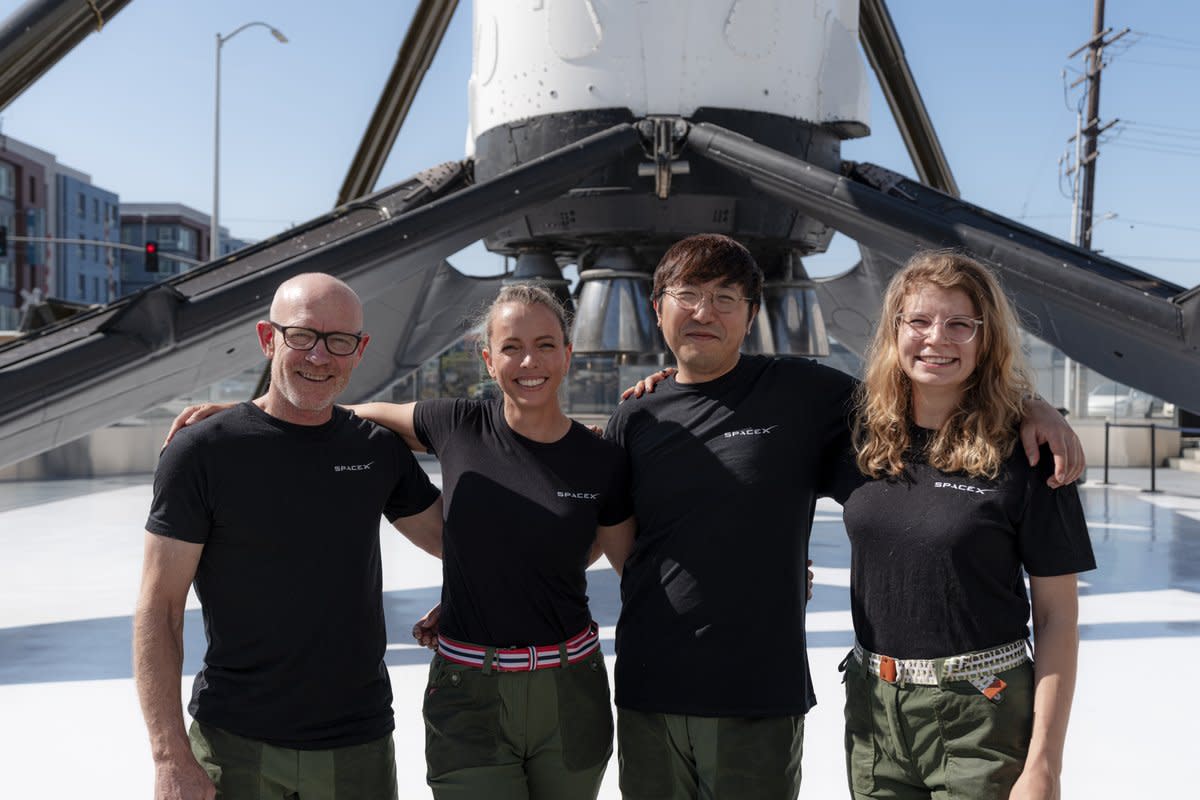
Chung Wang, co-founder of the bitcoin mining pool f2pool and a prominent figure in the bitcoin community, will lead SpaceX’s first manned spaceflight mission to explore Earth’s poles from orbit. Wang, who began mining bitcoin in 2011, said he has been diligently preparing for the mission for the past two and a half years, and has been involved in every aspect of the mission, from the initial proposal and planning to orbital design and crew selection.
“Named after the vessel that helped explorers reach the Earth’s Arctic and Antarctic regions for the first time, Fram2 will be commanded by Maltese entrepreneur and adventurer Chun Wang,” SpaceX said. Announced“Through this mission, Wang aims to highlight the crew’s spirit of inquiry, bring wonder and curiosity to more people, and highlight how technology can help us push the boundaries of Earth exploration through the mission’s research.”
Fram 2 will be the first manned space mission to orbit and explore the Earth’s poles. Flamonauts The mission is here → https://t.co/3InB5ybsIx pic.twitter.com/rZ2PCw0GlX
— SpaceX (@SpaceX) August 12, 2024
“This mission represents a new chapter in space exploration,” Wang said. “I’ve read a lot of science fiction stories about the first manned mission to Mars, but they’re usually led by NASA or some fictional government. Few people imagine such a mission being carried out privately. But now I increasingly believe that one day we will reach Mars, and it may not be a country that gets there, but an individual or a company.”
Let me quote Steve Jobs when he introduced the iPhone in 2007: “We’ve been waiting for this day for two and a half years. Every once in a while, a revolutionary product comes along that changes everything.”
Yes, I was looking forward to this mission…
— Chun (@satofishi) August 13, 2024
The mission includes an international team of adventurers, including Jannicke Mikkelsen from Norway, Erik Phillips from Australia, and Rabea Rogge from Germany. Over three to five days, the crew will observe the polar regions from Dragon’s cupola, located at an altitude of 425 to 450 kilometers. They will study phenomena such as the aurora and an unusual light emission called STEVE (Strong Thermal Emission Velocity Enhancement), carry out a range of research to better understand how spaceflight affects the human body, and gain insights into astrophysics and atmospheric science.







